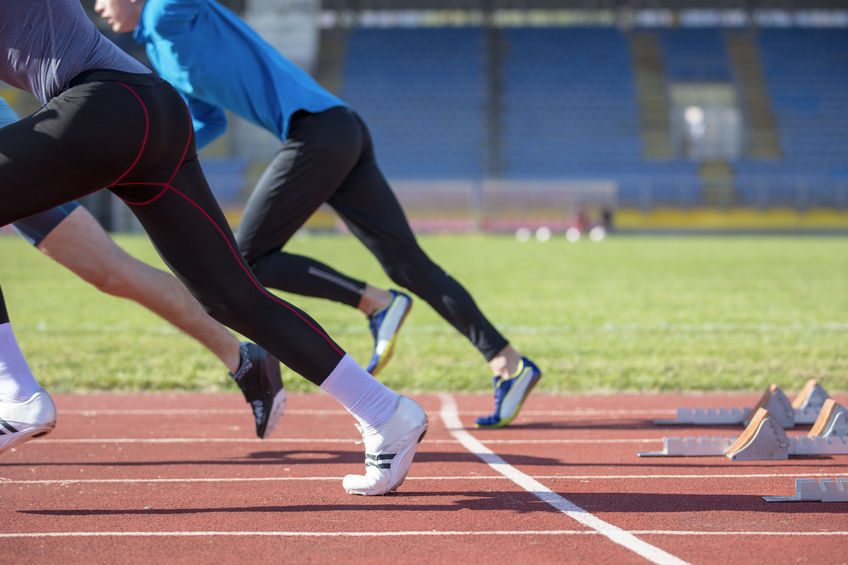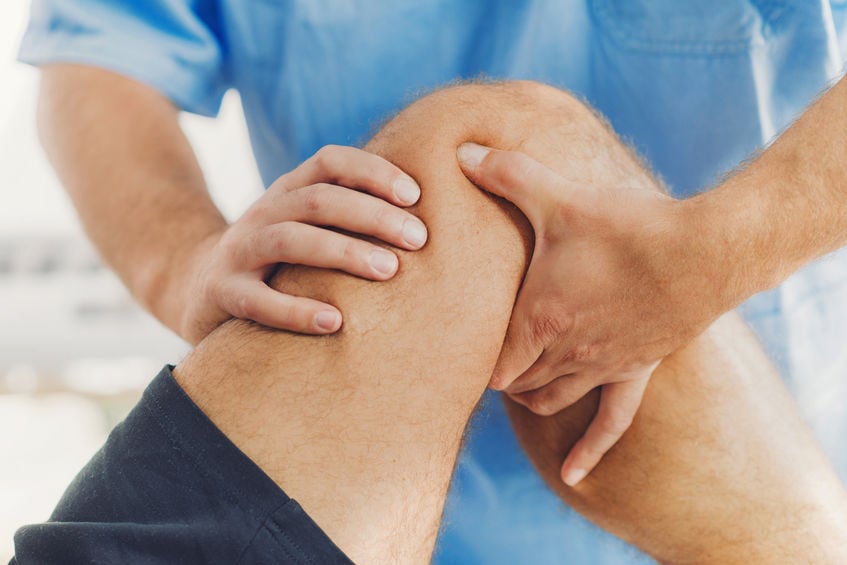The Big Question After An ACL Injury
ACL injuries are common in sports. Research has pointed out soccer, basketball, football, and baseball as sports with the highest risk. Women’s soccer, in particular, is known for ACL injuries. This common knee injury can be season-ending, with several months of recovery often needed. Most doctors get asked the question about a return to sports, or RTS. RTS may depend on a few factors. However, athletes can benefit from knowing about the ACL reconstruction and recovery process.
What’s the big deal with ACLs anyway?
The ACL, or anterior cruciate ligament, is one of the most important ligaments in the knee. The ACL is attached to the ends of the femur and tibia, forming an X with the posterior cruciate ligament (PCL). Without the ACL, the knee will go too far back or forward, becoming unstable. The ligament also helps with dynamic motion like twisting or changing direction. A collision in sport, unintended twist, or sudden deceleration can cause a partial or full-thickness ACL tear. The tear sounds like a popping sound, followed by pain, swelling, and discomfort. Anyone suspecting an ACL tear should seek medical advice right away.
Time for ACL reconstruction
ACL reconstruction is a complex process where a surgeon replaces the damaged ligament. The surgery has progressed from a lengthy, open procedure to a minimally invasive technique. Minimally invasive procedures mean faster surgical times, quicker recovery, and better outcomes. The surgeon uses small incisions and a tool called an arthroscope to view the damaged ligament. The arthroscope is a high-powered camera on the end of a snake-like tube. From there, the surgeon can then remove the damaged ACL. A new ligament is installed either from a donor or another part of the patient’s body.
Surgery is just the beginning
ACL surgery is often an outpatient procedure, but recovery starts almost immediately. The first 2-3 weeks involve pain management and reducing signs of infection. Patients will have crutches during this time, gradually bringing the weight back on the knee. Simple exercises will help with extension and flexion. These exercises increase in intensity up to 8 weeks after surgery.
Ramping up recovery
From the 8-week mark, the patient will already be off of crutches and ramping up recovery. Weekly physical therapy sessions will help restore flexion, pliability, and explosion. Athletes can combine physical therapy with other recovery techniques, including aquatic therapy and massage.
Getting ready for sports
The final stage will see the athlete doing light sports training to restore fitness. The knee must respond well, showing little to no signs of swelling after activity. During this time, recovery and maintaining strength and flexibility are crucial. The doctor must clear the athlete for sports, which happens anywhere between 8-12 months. The athlete also receives monthly screenings to check the integrity of the new ligament.
Take care with recovery
Within the scope of knee injuries, ACL tears are severe, especially for those trying to return to sports. To resume normal activities, there must be the right mix of a successful surgery and physical therapy. Even then, continuing high-level performance is not guaranteed. However, most high-performance athletes will resume activities within 8-12 months. Others may take longer if there is a lack of resources for recovery and rehabilitation. Although the athlete may be eager to resume, getting back in the game too early can reaggravate the injury. Finding the right balance is crucial for a return to sports and a long-term career. For any concerns, speak with the orthopedic surgeon about potential timelines.



